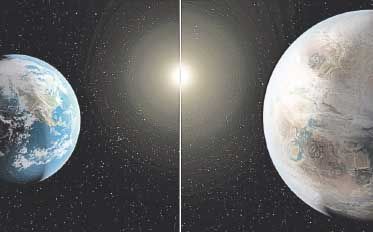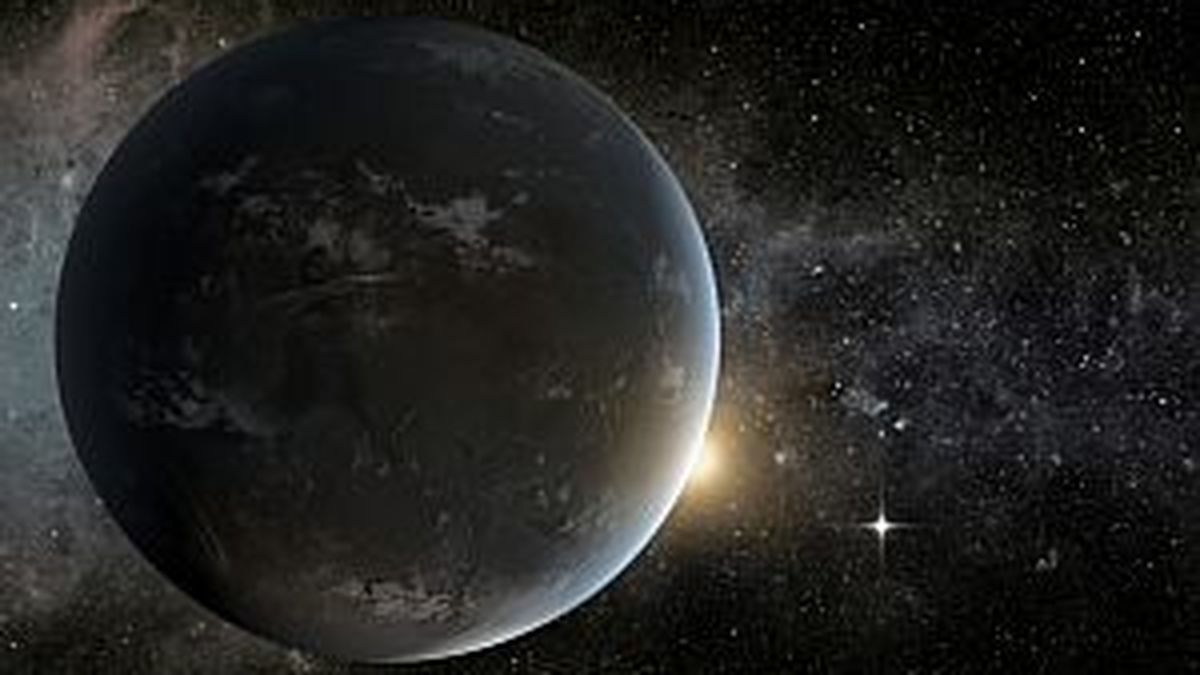According to specialists, it is estimated that the solar system will be exhausted in a certain time, which will generate several consequences.
According to specialists, it is estimated that the solar system will be exhausted in about 5 billion years.
He Sunour main source of energy and life, won’t last forever. According to studies by NASA and the University of Warwick, this central star of our solar system will be exhausted in about 5 billion years. However, the effects of this process will be devastating long before the Sun goes out.
The content you want to access is exclusive to subscribers.
Astrophysicist Matthias Schreiber, from the University of Warwick, warns that when hydrogen, the element that keeps nuclear reactions active in the core of the Sun, is consumed, The star will begin to expand and become a red giant. During this stage, nearby planets such as Mercury and Venus will be absorbed by the Sun’s expanding atmosphere. Although the Earth will not be swallowed completely, the situation will be critical for our planet.


Earth: from home to inhospitable desert
Scientists predict that intense solar wind activity resulting from the Sun’s expansion will strip away Earth’s atmosphere and cause oceans to evaporate.leaving an arid and uninhabitable planet. Schreiber emphasizes that these changes will become evident in the last part of the Sun’s cycle, approximately billion years before it goes out. During this period, Radiation and extreme heat will cause Earth to become a hostile place for life.
On the left, the Earth, much smaller in size compared to the new planet, which is 1400 light years away. It orbits a star similar in size and temperature to the Sun, but older.

On the left, the Earth, much smaller in size compared to the new planet, which is 1400 light years away. It orbits a star similar in size and temperature to the Sun, but older.
Eventually, the Sun will completely exhaust its fuel and collapse into a white dwarf, an extremely dense and hot object that will mark the end of the solar system as we know it. Faced with this scenario, astrophysicist Neil deGrasse Tyson has highlighted the importance of space exploration as a key strategy for the survival of humanity.
Agencies like NASA continue to study stars similar to the Sun to better understand their life cycle and plan our future. These efforts seek encourage the search for habitable planets and the development of advanced technologies that allow the human species to survive beyond Earth.
Source: Ambito
I am Pierce Boyd, a driven and ambitious professional working in the news industry. I have been writing for 24 Hours Worlds for over five years, specializing in sports section coverage. During my tenure at the publication, I have built an impressive portfolio of articles that has earned me a reputation as an experienced journalist and content creator.




